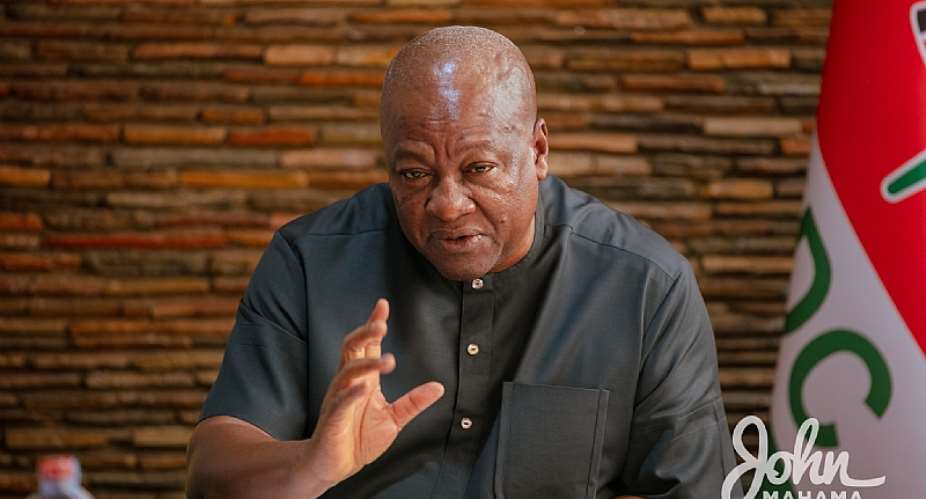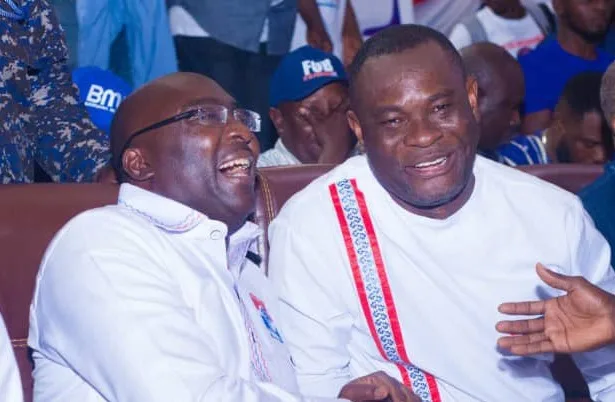There has always been debates about why the country is unable to produce and sustain sufficient energy required for national development and growth. The energy crisis has become one of the factors that deter foreign direct investment from investing in Ghana. Therefore, it is important to discuss this topic with facts and evidence bereft of political propaganda.
Since winning the 2016 general elections, President Akufo-Addo and his government have constantly claimed credit for solving the dumsor menace before the country was hit with the recent episode of dumsor. On the other hand, former president Mahama has fervently challenged this and urged the current president to desist from telling lies.
Profile of the energy crisis:
Major power crises have confronted every government under this 4th republic. Between 1998 and 2000, there was power crises under late former president Jerry John Rawlings, it also happened under former president John Agyegum Kufour between 2006 and 2007. Then 2011-2012 under late former president John Evans Atta Mills. Former president John Dramani Mahama was also confronted with the prolonged and intense version of the same problem between 2013 and 2015.
The reoccurrences of the crisis was attributed to poor rainfall which had kept the water level in the Volta Lake very low to the extent that the power output from the Hydropower stations had been correspondingly critically low. The problem was compounded by lack of availability of adequate generating capacity from thermal plants borne out of technical challenges.
Moreover, there were financial and contractual challenges in the purchase of natural gas from Nigeria to power the thermal plants. All these factors piled up whiles the demand for power increased across the country due to population growth. The national energy demand was estimated to be 10% annually, requiring an annual addition of 200MW. By 2003 we were in capacity deficit of 900MW and approximately 1800MW by 2013.
Prior to the 2013 energy crises, there was a total installed capacity of 2296MW, consisting of 1180MW of hydropower and 1116MW of thermal generation capacity, since there was a loss of 800MW capacity, the remaining 1500MW was insufficient to meet the demand of about 1800MW. This implies that, the capacity demanded in the system outweighs the capacity supplied by approximately 300MW.
This was a bubbling crises waiting to explode, which eventually exploded in 2013, because, by 2013, there was a generational problem with the energy system which had accumulated for decades. It had nothing to do with incompetence or financial mismanagement, but lack of foresight by all previous regimes.
Former president Mahama, had two options; either to work and eliminate the deficit between supply and demand thereby managing the problem to bounce back in the future, or work to address the root causes of the problem.
Mahama’s Interventions:
Former president Mahama decided that, it was time to end the recurrences of the energy crises and chose the latter and boldly declared that “I John Dramani Mahama, I will fix will fix the energy challenge, and not just manage it”. He opted for the more holistic but tedious and lengthy route of addressing the challenge. This approach was aimed at totally elimination of the energy crises, so he took the bull by the horn, this was a very bold decision with political consequences, yet he chose this path in the interest of the country.
Evidence of actions:
H.E. John Mahama, initiated the procurement of emergency power plants i.e. the Karpowership 450MW and the Ameri plant 250MW on a Build Operate and Take (BOT) agreement and it eventually became property of Ghana in 2021.
Former president Mahama also initiated and completed the construction of the Natural Gas Processing plant (Ghana Gas Company) at Atuabo, it has a capacity to handle over 300 mmscfpd of gas. As a result, Ghana is processing enough gas to produce about 900MW of electricity and majority of the LPG consumed in this country.
The former president also constructed BXC’s of 20MW solar plant close to winneba, it was the biggest of its kind in West Africa. There was also the construction of more thermal plants for medium-term solutions between 2016 and 2021, these includes the AKSA (370MW), Amandi (190MW), and Early Power (190MW).
The Kpone thermal plant was also constructed to give 220MW, this was initiated by former president Kufour and completed by former president John Mahama.
Energy Sector Levy Act:
The Energy Sector Levies Act (ESLA), 2015 (Act 899) was introduced and promulgated in 2015 to address the huge debt burden and operational challenges facing State Owned Enterprises (SOEs) in the Energy Sector, support power generation and power supply sustainability, subsidize premix and stabilize petroleum. It was in the peak of the 2013-2015 power crises when H.E. John Mahama, implemented the (ESLA) in 2015 as a measure to stabilize Ghana's energy sector and mitigate the impact of the crisis. It was supposed to be scrapped in 2020 after it has served its purpose of addressing the energy debt. Unfortunately, ESLA has been collateralised by the current government for a loan leading to renewed financial challenges in the energy sector, hence the current dumsor.
Evidently, former president Mahama added more than 1260MW of new generating capacity to the national stock of power to end dumsor before leaving power. At the end of December 2015, the persistent energy crises was solved by H.E. John Mahama and declared same in February 2016 during his state of the nation address. In March 2016, Dr. Bawumia acknowledged that the John Mahama fixed the energy crisis but deserves no credit for fixing dumsor because he created it in the first place.





 List of 24 ministerial nominees approved by Parliament
List of 24 ministerial nominees approved by Parliament
 You were my inspiration, made me who I am today – Lilian Kumah
You were my inspiration, made me who I am today – Lilian Kumah
 Rainstorm destroys Hohoe E.P. Senior High School building
Rainstorm destroys Hohoe E.P. Senior High School building
 John Kumah strongly supported me to become NPP flagbearer – Bawumia reveals
John Kumah strongly supported me to become NPP flagbearer – Bawumia reveals
 Late John Kumah urged me to run for NPP flagbearer, strongly supported me — Bawu...
Late John Kumah urged me to run for NPP flagbearer, strongly supported me — Bawu...
 Akufo-Addo appoints Joseph Kpemka as Deputy MD of BOST
Akufo-Addo appoints Joseph Kpemka as Deputy MD of BOST
 Ablakwa petitions CHRAJ to investigate sale of SSNIT's hotels to Rock City Hotel
Ablakwa petitions CHRAJ to investigate sale of SSNIT's hotels to Rock City Hotel
 MoF to provide new bailout for defunct Gold Coast Fund investors – Bawumia revea...
MoF to provide new bailout for defunct Gold Coast Fund investors – Bawumia revea...
 OMCs implement price adjustments despite International petroleum price declines
OMCs implement price adjustments despite International petroleum price declines
 Petition to remove Kissi Agyebeng will disrupt operations of OSP – Martin Kpebu
Petition to remove Kissi Agyebeng will disrupt operations of OSP – Martin Kpebu
